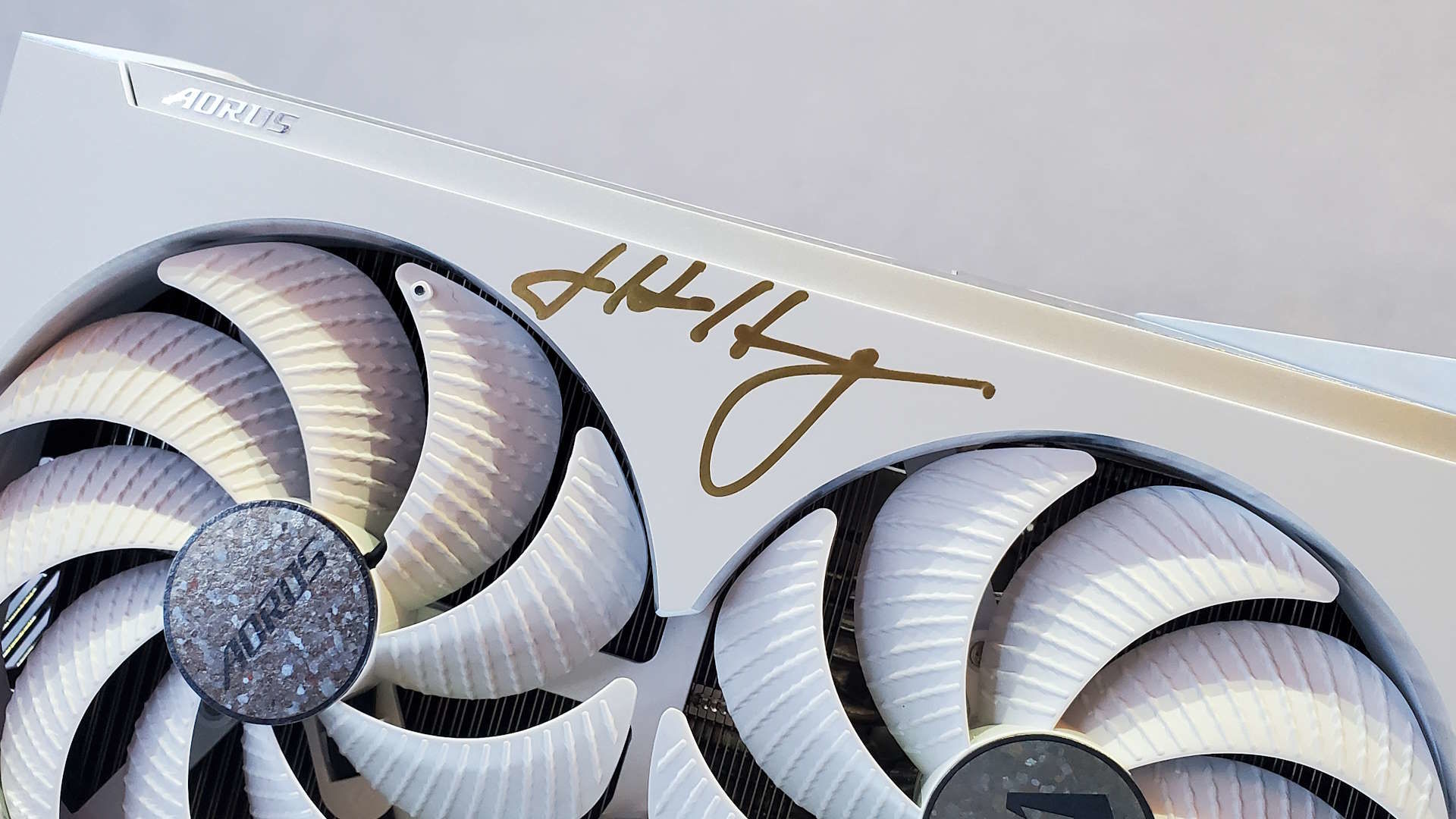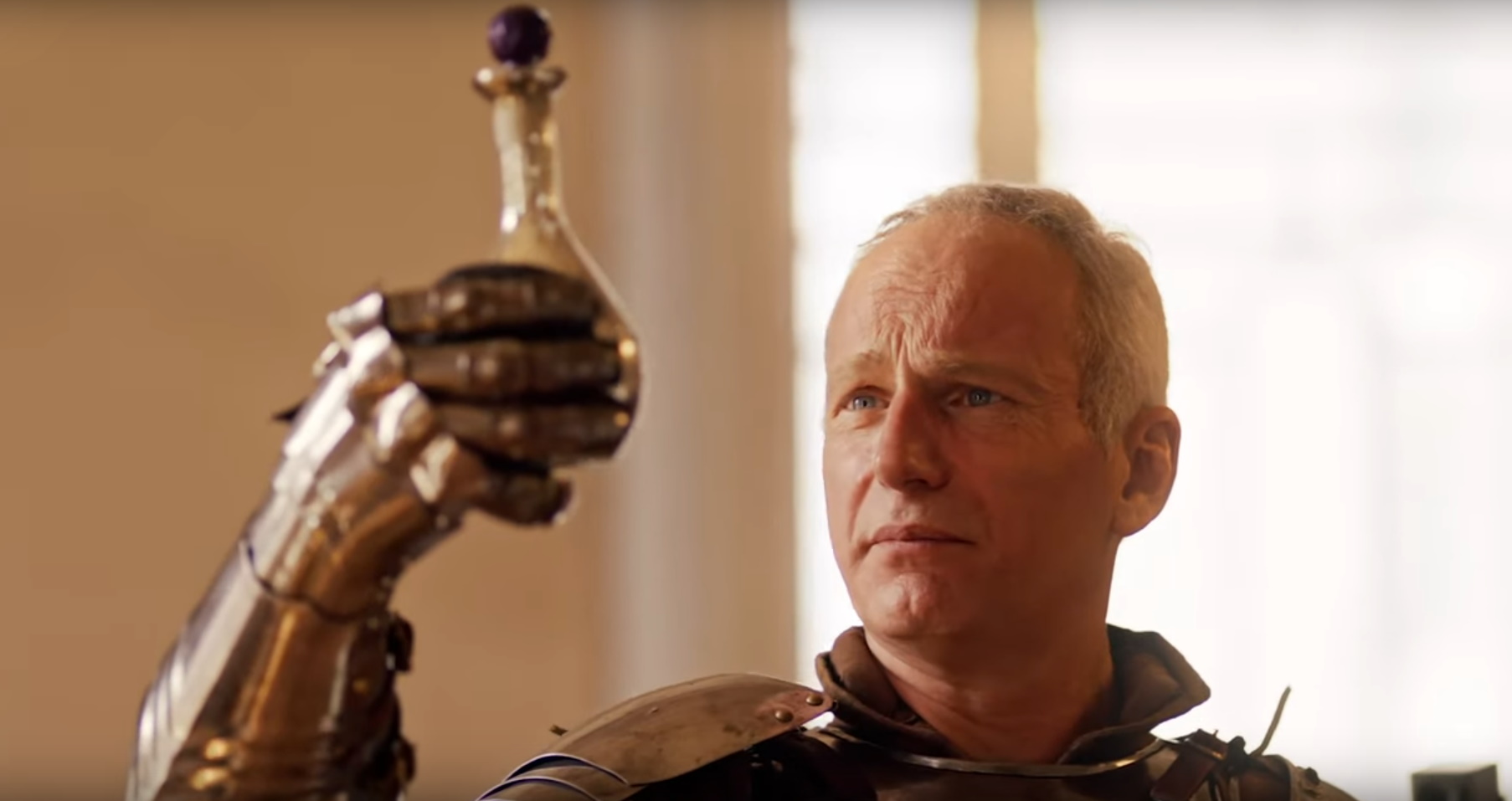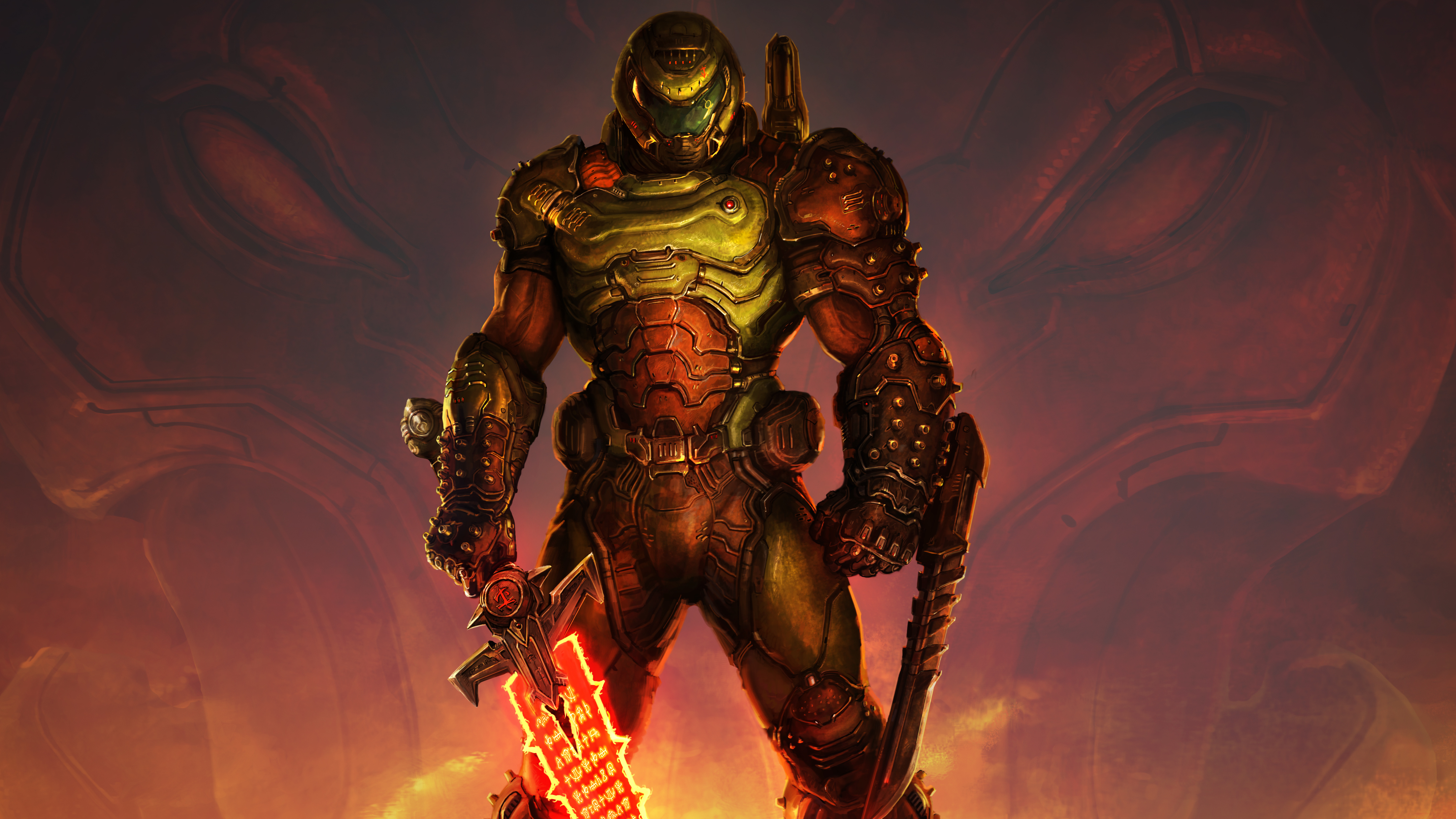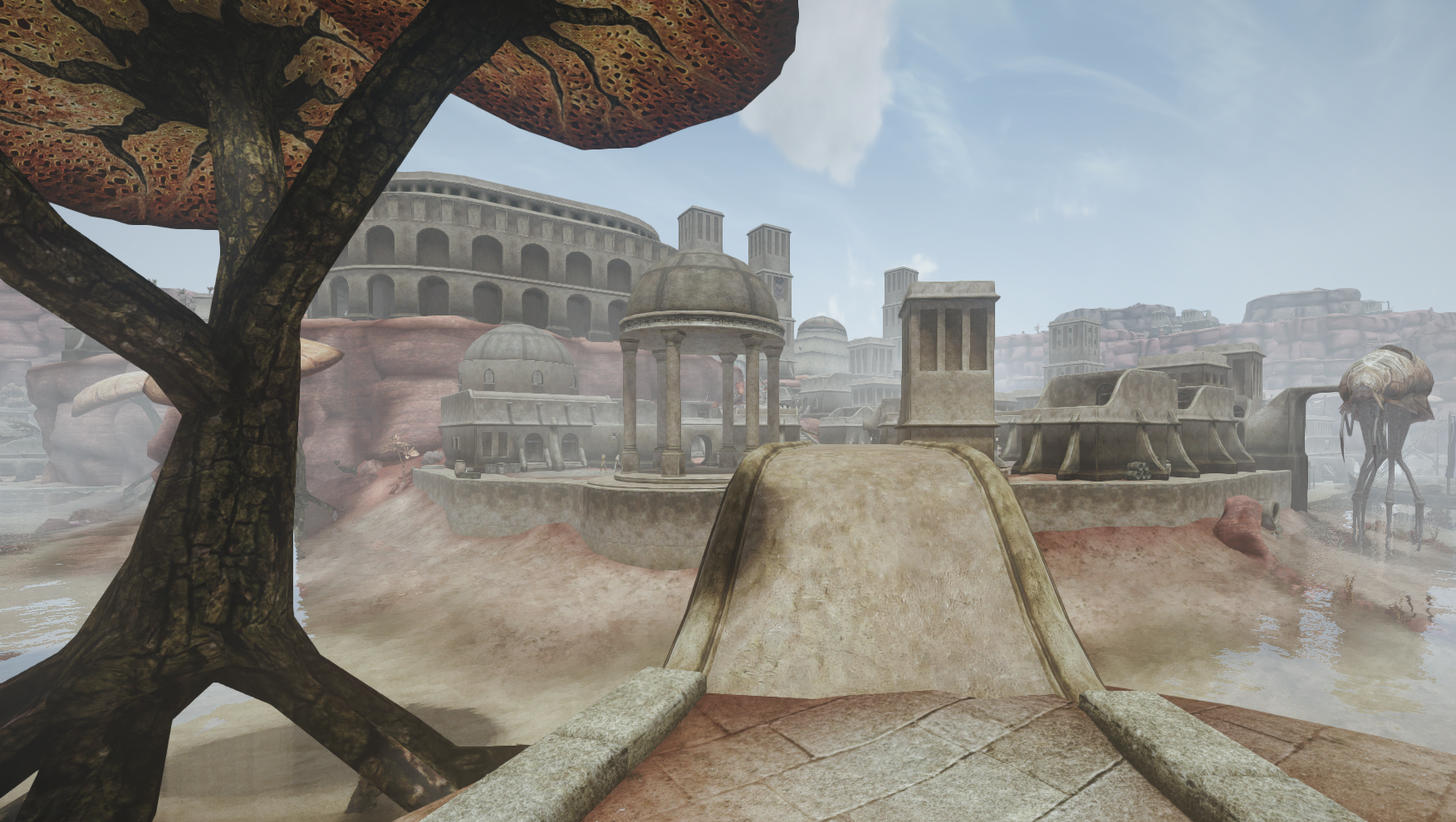
We tried to write PC Gamer all over Gigabyte's Computex display but they shooed us away.
(Image credit: Future)
(Image credit: Future)
(Image credit: Future)
(Image credit: Future)
(Image credit: Future)
Bespoke, top-end PC components often have some things in common. Wallet-crushing prices, for one, but also things like massive overclocking headroom, a mountain of ports and connectivity, or a unique colour scheme. At Computex 2024, Gigabyte went one better, though, and rounded up the CEOs of AMD, Intel, and Nvidia and got them to add their signatures to some of its latest motherboards and graphics cards.
AMD’s Dr Lisa Su added her autograph to a TRX50 AI TOP, a motherboard for the latest Threadripper 7000-series workstation processors. As this is a brand-new model, there are yet to be retail prices for it, but given the basic TRX50 Aero sells for $560 on Amazon, this one will be a fair bit more expensive. Add Dr Su’s signature and…well…I don’t think you could stick a simple price to something like that.
A similar motherboard was given to Intel’s Pat Gelsinger to sign, specifically a Z790 Aorus Extreme X Ice. Again, you can’t buy one of these right now, but there are some online prices for the limited edition board—over on AWD-IT, you can pre-order it for a mere £1,600. Pat’s moniker probably adds another zero on the end of that figure, if it were ever to be sold.
Lastly, Nvidia’s Jen-Hsun Huang was handed a GeForce RTX 4080 Super Extreme Ice graphics card to autograph and just like the Extreme X Ice motherboard, it’s not available yet. If the thought of having titanium flakes, a 99% gold plaque, and a built-in LCD panel in a graphics card is floating your boat, then you can pre-order one on AWD-IT for £1,800.
Naturally, one wouldn’t expect Gigabyte to use its cheapest products for the autographs, though it would have been funny to see them sign off ultra-cheap, entry-level models. You could just picture Jen-Hsun’s face as he tries to fit his signature on a Gigabyte GT 1030 Silent LP.
At the moment, it’s not clear what will happen with these unique pieces of hardware. Gigabyte may choose to auction them off, handing the funds raised over to some charities of its choice, or they could just end up sitting in glass display cases in Gigabyte’s main office.
I really hope it’s the former because although I’d never recommend them as being worth buying, they’d be snapped up by suitably wealthy collectors and the money raised would make a nice present for any charity.
If we learn what Gigabyte decides to do with the motherboards and graphics card, we’ll let you know.






